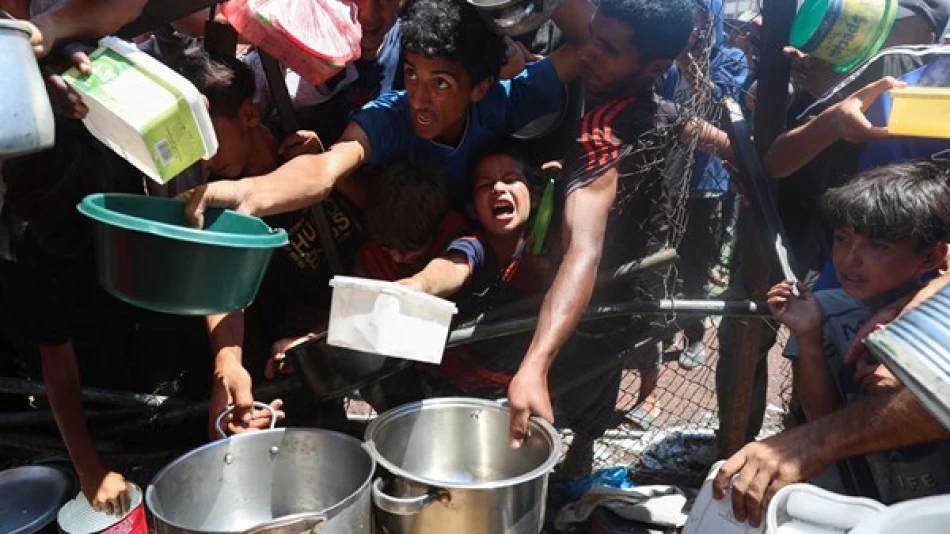
WHO Warns of Alarming Rise in Acute Malnutrition Rates in Gaza
Gaza Crisis Deepens: WHO Reports Record Child Malnutrition Surge
The World Health Organization has documented an alarming escalation in Gaza's humanitarian crisis, with July 2024 marking the highest monthly recorded cases of acute malnutrition among children under five. Nearly 12,000 children were diagnosed with severe malnutrition in a single month, signaling a dramatic deterioration in living conditions that threatens an entire generation's survival and development.
Unprecedented Scale of Child Malnutrition
WHO Director-General Tedros Adhanom Ghebreyesus announced from the organization's Geneva headquarters that Gaza has reached a grim milestone in child welfare statistics. The July figures represent not just a monthly peak, but a humanitarian emergency that surpasses previous crisis periods in the territory.
The 12,000 cases diagnosed in July alone indicate a systematic collapse of food security systems. For context, this number represents roughly 15% of Gaza's estimated population of children under five, suggesting that acute malnutrition has become widespread rather than isolated to specific areas or demographics.
Rising Death Toll Links Directly to Hunger
Beyond the malnutrition diagnoses, WHO officials confirmed an increase in hunger-related deaths across the Gaza Strip. This correlation between malnutrition cases and mortality rates suggests that the crisis has moved beyond treatable conditions to life-threatening emergencies.
Medical Infrastructure Under Strain
The ability to diagnose 12,000 cases in one month paradoxically highlights both the severity of the crisis and the remaining capacity of Gaza's medical system. However, diagnosis without adequate treatment resources creates a bottleneck that could worsen mortality rates in coming months.
Historical Context and Regional Comparisons
Gaza has experienced multiple humanitarian crises over the past two decades, but the current malnutrition rates appear to exceed previous peaks. Similar patterns have been observed in conflict zones like Yemen and Syria, where prolonged instability led to generational impacts on child development and cognitive function.
The monthly rate of 12,000 acute malnutrition cases in a population of approximately 2.3 million people translates to crisis-level indicators typically seen in the world's most severe famines. For comparison, this rate exceeds what international agencies recorded during peak crisis periods in Somalia and South Sudan.
Long-term Implications for Gaza's Future
Acute malnutrition in early childhood creates irreversible developmental impacts, affecting cognitive abilities, immune system function, and physical growth. The scale of July's diagnoses suggests that Gaza faces not just an immediate humanitarian crisis, but a long-term human capital catastrophe.
Economic and Social Consequences
Children experiencing severe malnutrition before age five typically show reduced educational attainment and economic productivity throughout their lives. With nearly 12,000 cases in a single month, Gaza confronts the prospect of an entire cohort facing developmental challenges that could persist for decades.
The WHO's stark warning underscores how quickly humanitarian situations can deteriorate when basic infrastructure fails. The record-breaking malnutrition rates signal that Gaza's crisis has entered a new phase, one that demands immediate international intervention to prevent permanent damage to an entire generation of Palestinian children.
 Layla Al Mansoori
Layla Al Mansoori







